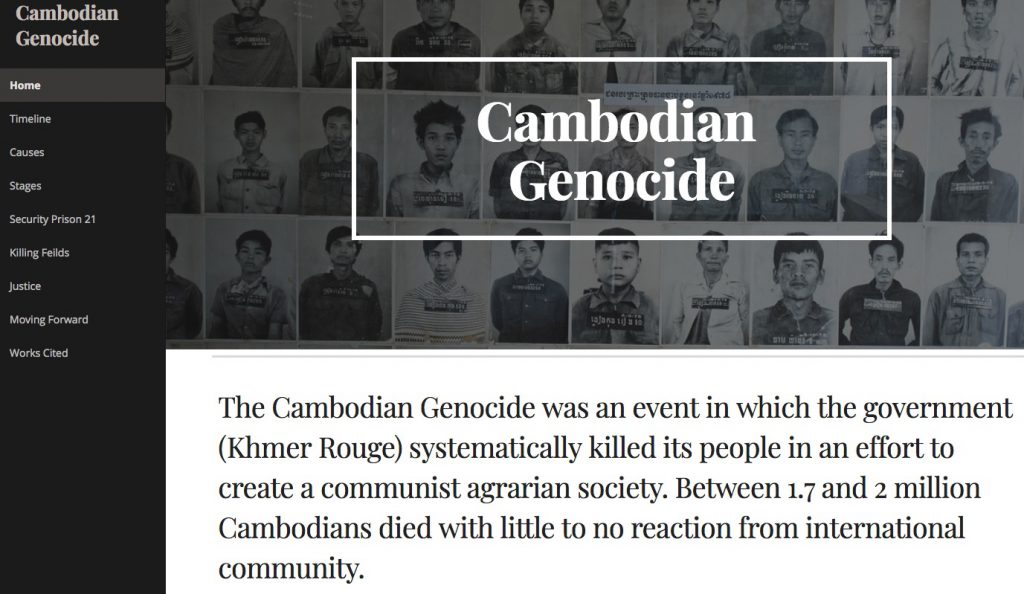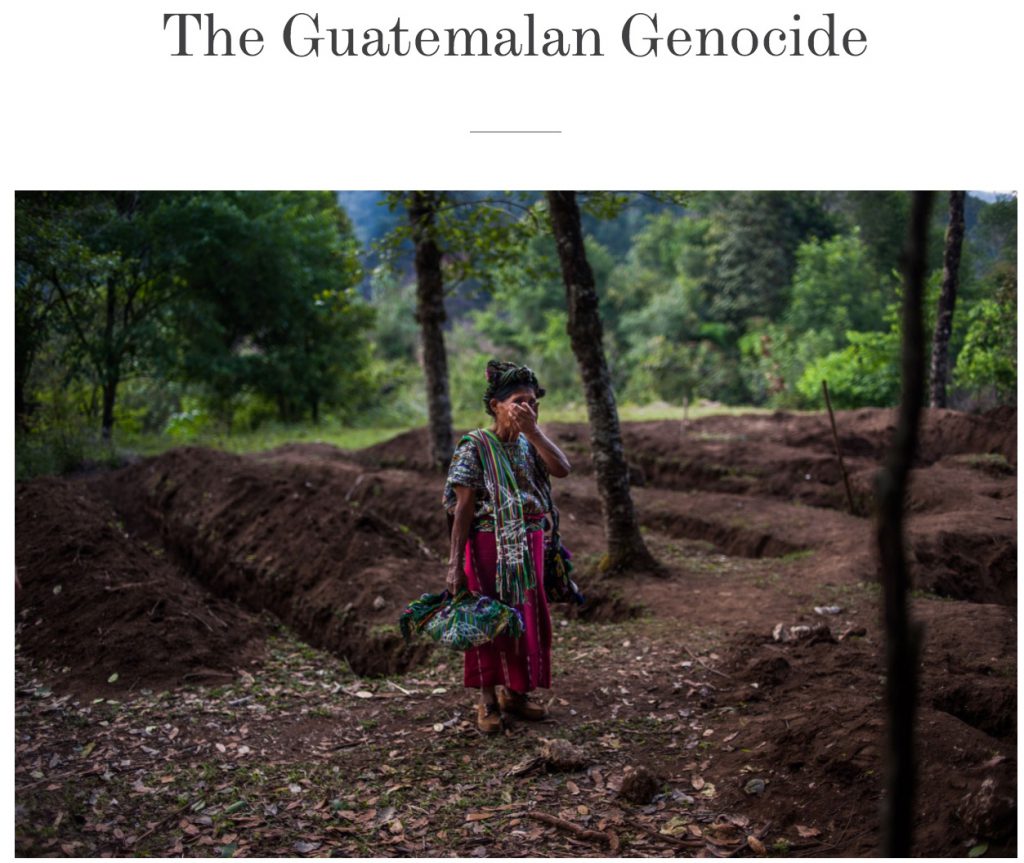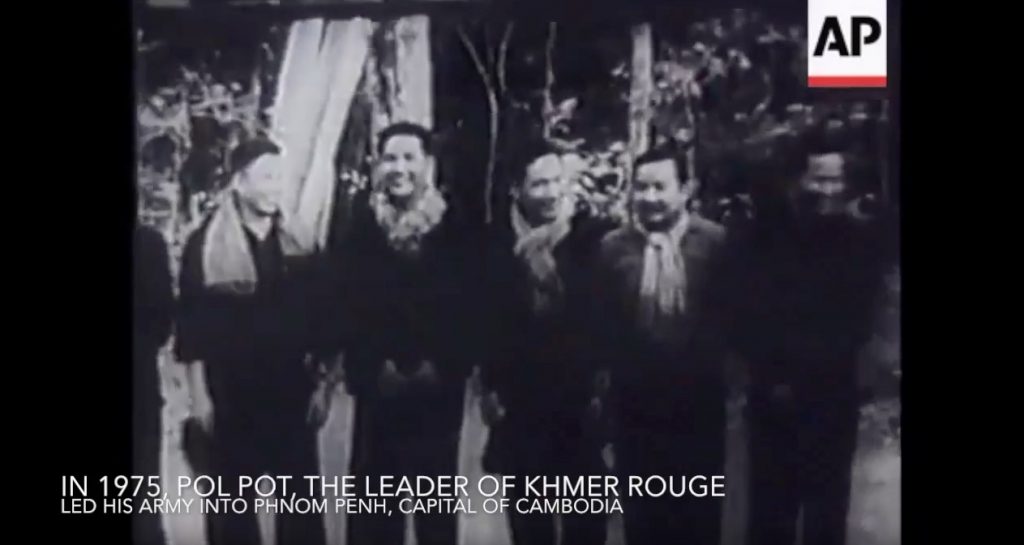Student Spotlight: Learners as Changemakers
How might we use what we learn to raise awareness about issues that matter?
Young people want to be — and believe they can be — changemakers. Learning experiences that tap into this passion for social justice don’t just engage students in deeper learning, but help them create content they can use to advocate for a cause they believe in.
Projects focused on making change have a few common ingredients:
- Student voice and choice
- Authentic audience
- Topics relevant to current events and students’ lives
At GOA, where students from all over the world gather to investigate topics they care about, giving learners a say in what and how they pursue learning is an essential part of our work.
But, what does that look like?
In GOA’s Genocide and Human Rights course, teacher Kathleen Ralf of Frankfurt International School was inspired by the British student project Genocide80Twenty, which aims to raise awareness about genocides beyond the Holocaust. To continue that work, Kathleen designed a “Modern Genocides” project. She asked her students to, in small groups, create collaborative wiki pages that curated research on four different genocides in Cambodia, Guatemala, Bosnia, and Rwanda. Then, individually, students chose their own direction and tools to design interactive, engaging ways to teach a global audience about these lesser known crimes against humanity.
Kathleen had two primary goals when designing a project for an online class of students from all over the world: global perspectives and student choice. “When designing this course,” she said, “I realized I couldn’t teach it all. At the same time, I didn’t want to limit this course to one genocide a week. I wanted students to be exposed to as many places where genocide has occurred as possible, and I wanted to ensure that we went beyond Europe.”
She added, “Most kids succeed in this project because it is all about choice. They have the help of each other when researching, then they get to choose a product they feel most comfortable with. If a student is a video wizard, they make a mini-documentary. If they are Prezi star, they make a presentation and embed multi-media that helps tell the story.”
Anna, Singapore American School (Singapore), Cambodian Genocide
Anna has traveled to Cambodia and was eager to explore a genocide she hadn’t yet studied in school: “People need to be more critical of countries like the U.S., which enables these horrible events to occur. Not many people look past the people committing the crimes to see the people that encouraged it to happen.”
Anna chose Google Sites as her presentation tool; she had worked with it before, and she knew she could create something polished that was easy to share. “I loved being able to explore my own interests and make an impact, even if it was small.”
“Anna dug deep,” Kathleen said. “She made an excellent product, and the way in which she was able to discuss her topic in discussions later was mind-blowing.”
Click here to view Anna’s site.
Georgia, Columbus Academy (Columbus, Ohio), Guatemalan Genocide
Georgia wanted to explore a genocide “people seem to hardly know about.”
“Maybe more than anything, I wanted to expose the human rights abuses of imperialistic nations, past and present, while showing what modern day Westerners can do without encroaching on a community that is not their own,” she added.
For her project, she used Microsoft Sway, a multimedia presentation tool she had explored once before for a project in a different class. Kathleen thought this was a powerful choice: “Georgia is a meticulous student, and her choice of medium allowed her to show off her knowledge to the maximum.”
Click here to view Georgia’s project.
Jerry, Episcopal High School (Alexandria, Virginia), Cambodian Genocide
Passionate about international relations, human rights, and equity, Jerry sees strong connections between his work in his GOA course and his other interests, including his recent experience at the Student Diversity Leadership Conference. “Genocide can feel distant from daily life, but I’m interested in institutional oppression in genocide, racial segragation, and diversity issues and other things happening today. It’s all connected,” he said.
Jerry, who is from Guangzhou, China, and lives in the dorms at Episcopal, composed most of the video while at a friend’s house over the U.S. Thanksgiving holiday, and ended up presenting it to his friend’s family, who loved it. “I had a clear idea that I wanted to do a documentary. I’ve used iMovie a lot, and the process is very creative.”
“Jerry was able to create something that was as good as something I would watch on the History Channel,” Kathleen said. “He scoured the internet for footage, pictures, etc. to use, and then weaved in his newfound knowledge.”
Click here to watch Jerry’s mini-documentary.
In many ways, Kathleen views her class as an incubator of advocacy. By providing her students with a framework and relevant vocabulary, she can then launch them into independent work that leverages their desire to use history to change the present.
Want to hear more from GOA students? Take a look at what they’re up to in our Filmmaking course, our Poetry Writing course, and our annual Catalyst Conference.
Global Online Academy (GOA) reimagines learning to empower students and teachers to thrive in a globally networked society. Professional learning opportunities are open to any educator. To sign up or to learn more, see our Professional Learning Opportunities for Educators or email hello@GlobalOnlineAcademy.org with the subject title “Professional Learning.” Follow us on Twitter @GOALearning. To stay up to date on GOA learning opportunities, sign up for our newsletter here.



